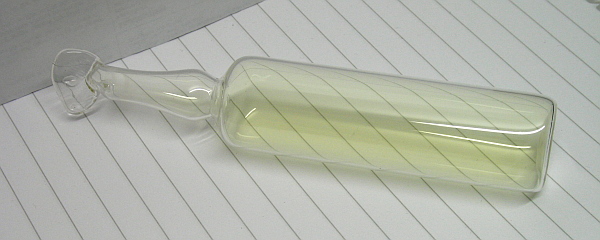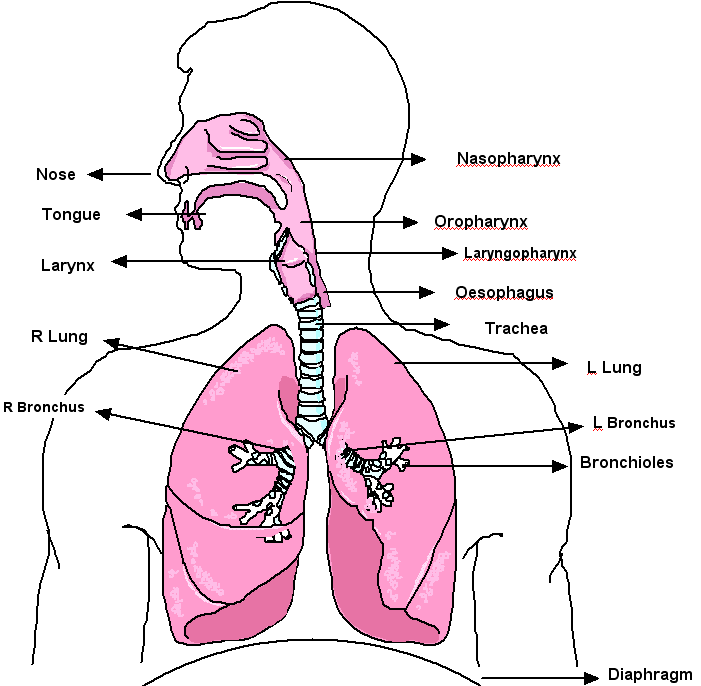by Kim Stanley Robinson
This is the summary of the book
Kim Stanley Robinson transports us 300 years into the future to 2312, where humanity’s future lies in the balance when some of its greatest triumphs— terra-formed habitats—are undermined by tragedy.
Technological breakthroughs have opened gateways to an extraordinary future. Earth is no longer humanity's only home—new habitats have been created on moons, other planets and in between. The solar system has been changed ,transformed, Venus has been cooled to the point where the atmosphere has solidified, and half of Titan’s atmosphere has been exported. None of the techniques can be applied to Earth, however, because some of the methods aren’t suitable for an inhabited world. And, because the Earthicans have become mere pawns of the capitalist system, they’re seen only as poor rabble who may be a threat to the free off-worlders.
But a chain of events forces mankind to confront its past, its present, and its future. The first, an unexpected death that will change Swan Er Hong’s life, occurs on Mercury, in the city of Terminator, a miracle of engineering on an unmatched scale. Swan once designed worlds only she could imagine. Can she now destroy them?
Book Review of 2312
In the story, much of the human race has left Earth due to overheating and decides to make suitable habitats on other inner planets, " geo-engineering". Not a parent to be proud of: but Earth's political influence is carried to the very edge of the solar system, where the children have grown so wilful they're planning to turn Neptune into a second sun. The main characters,Warham and Swan.
Into this utopian mix of sandbox and civic responsibility are brought Warham and Swan. He's large, froglike and a Titan, she's thin and from Mercury; neither of them is really a he or a she, of course. Warham is mature and steady, Swan a little flighty and self-centred. They grow to love and treasure their differences as they fight together against terrorism.
This book is a really nice read as it is and it is set in the future, making it more interesting!











